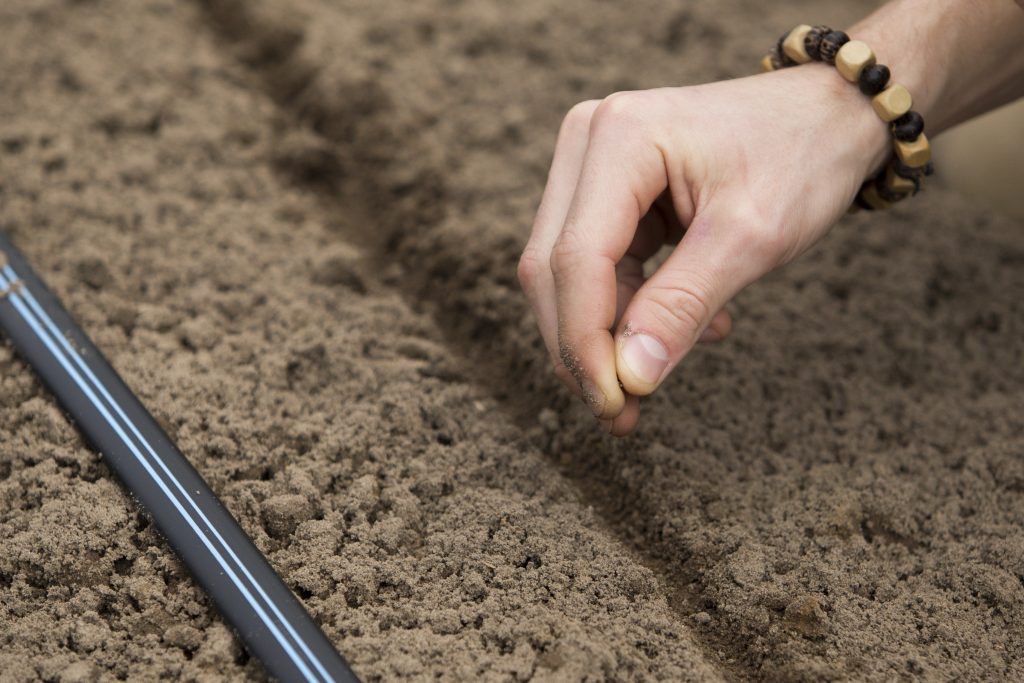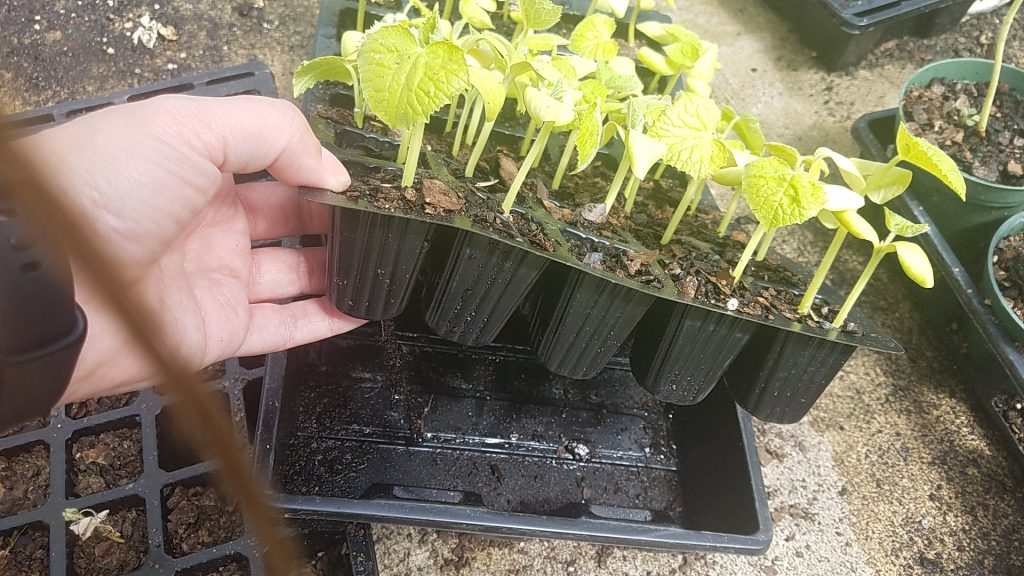As we eagerly anticipate the arrival of spring, it’s the perfect time to begin thinking about planning your garden. A key thing to do to help prep yourself is starting your seeds. Whether you’re a seasoned gardener or just beginning, having the right tools and supplies is crucial for garden success.

Seed Trays and Containers
If you are intending to start seeds to plant between February and March, you will need to obtain seed trays or containers to germinate your seeds. Seed trays can come in different shapes and sizes, allowing you to accommodate for different types of seeds. When you have selected what seeds you are planting for this year, you will need to follow the seeding rates and spacing measurements on the back of the seed packet. You want to opt for a tray that has proper drainage to prevent any type of waterlogging, but still keeps some moisture to support seed germination. You will need a quality seed starting mix to create a strong foundation for your seeds to germinate in. Using a light weight media that will allow airflow is also important. When planting your seeds in the tray, smaller seeds can be broadcasted over the surface of your soil media and larger seeds will need to be covered.

Temperature & Humidity
Correct temperatures and humidity are both very important for successful germination of your seeds. Some trays come with a clear plastic cover or “dome” to help regulate the temperature and the humidity in the soil media. This creates a “greenhouse” effect for your seeds. If you are having trouble controlling the humidity, you may consider poking holes in the cover if there is too much moisture in the soil media. Once the humidity is controlled, cover the holes with clear tape.
Your seeds will need warmer temperatures to aid the process of germination. A tool you might consider investing in is a heat mat. The heat mat lays underneath the seed tray and helps provide warm temperatures consistently during the day and night, keeping the soil media warm enough to allow the seeds to germinate properly. Most heat mats are electrical and will need to be plugged in, so starting your seeds indoors may be a better option during January and February. After the seeds have germinated and have grown to about 2 inches high, they will need to be thinned out and transplanted to a bigger container until the time is right to transplant them to your garden.
Organization
When planning any type of project, it is always important to stay organized. If you are planting different kinds of seeds in one tray, using labels to know which seeds were planted will help you after the transplants have grown to their desired height. Once you have planted all the seeds that will be used, storing them correctly for the next season is vital. Storing them in a temperature controlled environment that is free from excess moisture is crucial so that they stay viable for the next season. It is also important to keep stored seeds labeled with the packet they came from to know spacing and number of days to harvest for the coming year.
Arming yourself with the necessary tools and knowledge is essential to nurture your seeds into thriving plants. Whether you’re cultivating a windowsill garden or preparing for an outdoor oasis, knowing the key steps to starting your seeds will lay the groundwork for a great harvest.
For more information, please visit:
https://edis.ifas.ufl.edu/publication/VH026
https://edis.ifas.ufl.edu/publication/VH021
- Watch Out for these Common Lawn Diseases - June 5, 2025
- Herbs for the Summer Gardener - April 24, 2025
- Cold Protection for the Northwest Florida Landscape - January 24, 2025
